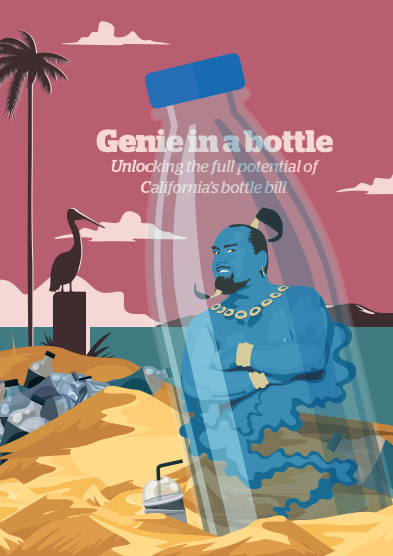Chemycal has been acquired by 3E
Learn MoreChemycal has been acquired by 3E
Learn MoreDiscover how Chemycal PRO helps you boosting your regulatory monitoring:

California’s bottle bill is in crisis. Since its enactment in 1987, it has been hailed as one of the most successful and cost-effective recycling programs in North America,1 with recycling rates at 85%. However, over the last several years, redemption rates have fallen to 66%2 and will continue to decline due to the closure of recycling centers, making it difficult for citizens to return their used containers.a For this reason, consumers receive on average only 2.65 of the 5 cents they pay upfront as a deposit.3 In addition, an opinion poll conducted in early March 2020 by YouGov shows that over a third (37%) of Californians are unaware of the existence of the bottle bill, and the majority (53%) do not use redemption centers to return their empty containers.
Since the arrival of coronavirus (COVID-19), onsite redemption has further declined as residents obey stay-athome orders, and some redemption centers have closed in response to the public health crisis. Recyclable empty containers are accumulating in peoples’ homes, awaiting return for redemption when stay-at-home orders are lifted, or otherwise going to landfill. There is now a need to completely reform the operational container-return process in California to one that uses “no-touch” reverse vending machines (RVMs), bag-drop systems, and other methods that reduce physical contact between people and materials. California also needs far more redemption sites scattered throughout the state to enable social distancing, rather than the scarcity of sites that currently leads to crowded recycling centers and long lines.
Link to Genie in a Bottle: Unlocking the full potential of California’s bottle bill
2013 © MyChemicalMonitoring. ALL Rights Reserved. About Us | Terms and Conditions